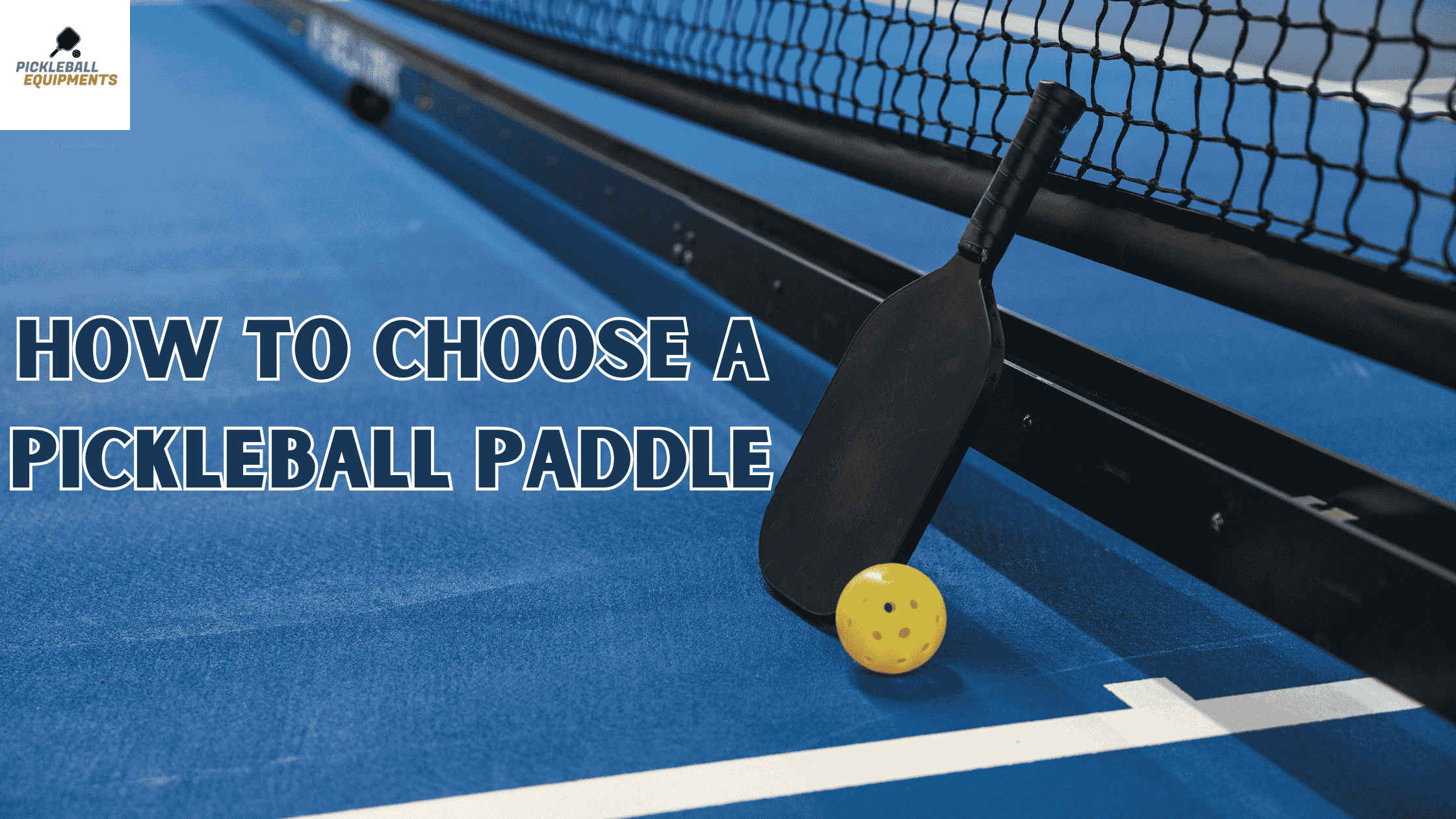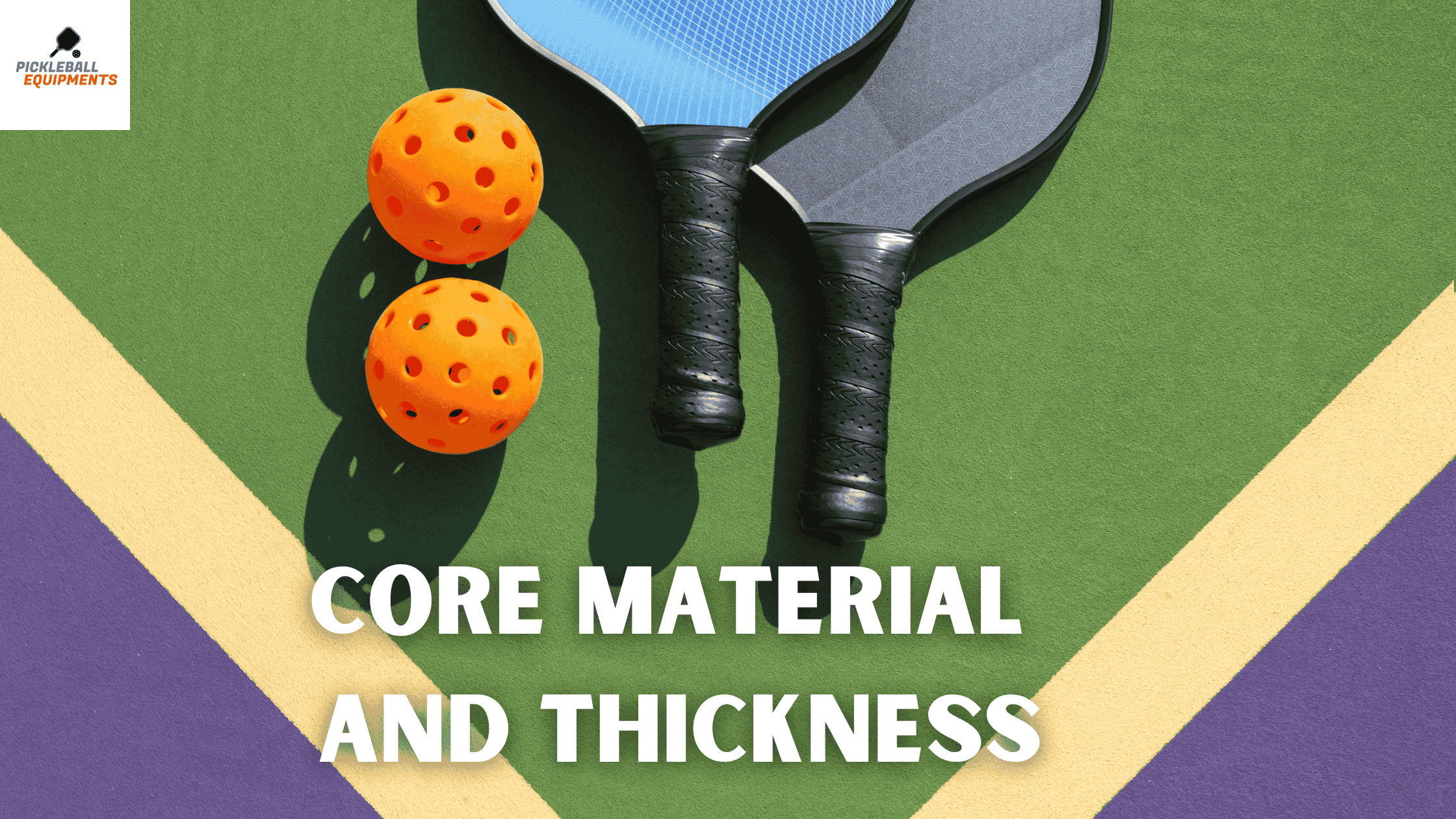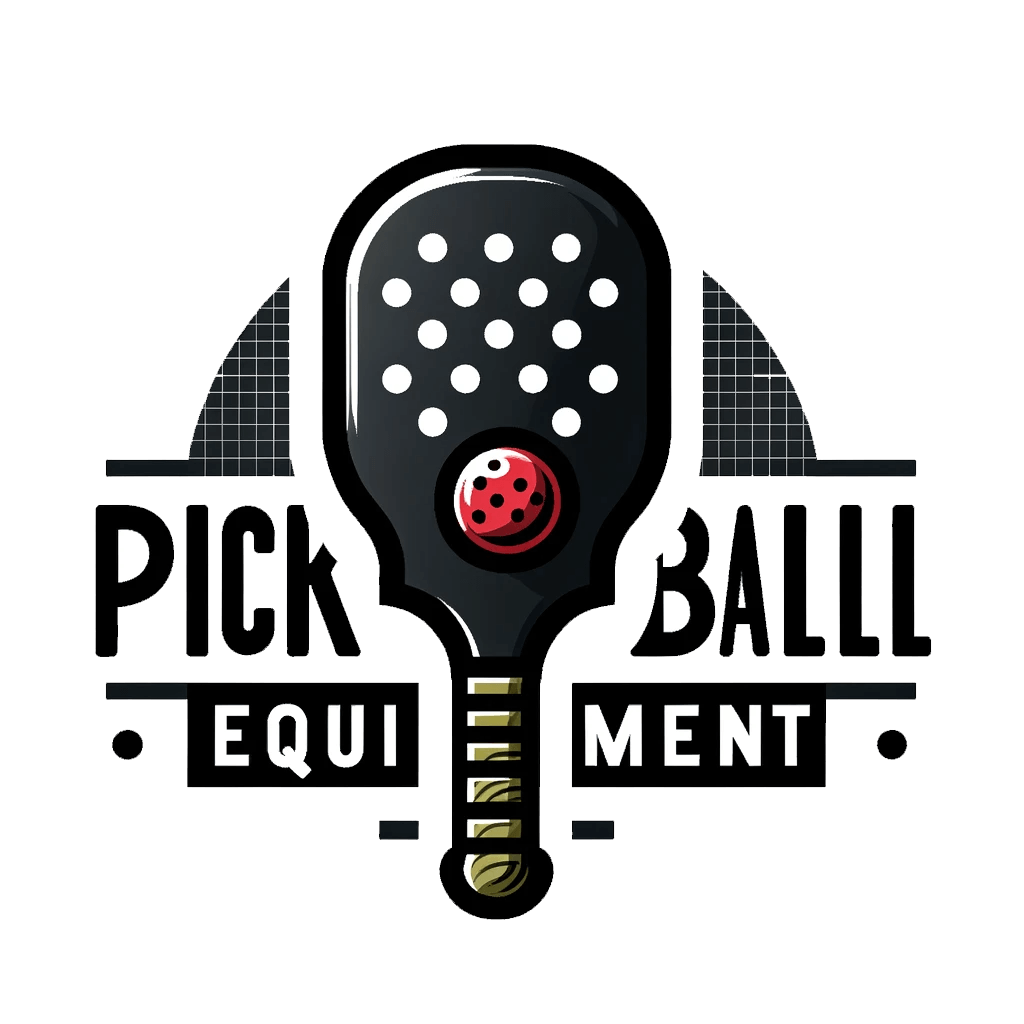Key Takeaways
- Choosing the right paddle is crucial for pickleball success.
- Consider paddle weight for power or maneuverability.
- Grip diameter affects paddle handling during play.
- Core material influences paddle’s strength and feel.
- Paddle surface texture impacts ball spin and control.
If you want to improve your pickleball game, getting the appropriate paddle is a must. The paddle you choose to learn how to play pickleball will have a major effect on how well you do. Learn all the ins and outs of “how to choose a pickleball paddle” with this detailed tutorial. Whether you’re just starting out or a seasoned pro seeking to enhance your skills, we provide everything you need.
There is a wide range of paddles available for pickleball, each with their own pros and cons. On the pickleball court, your paddle is your best friend and the instrument that can determine your fate. In this article, we’ll go over the essentials of finding the best pickleball paddle for your individual needs, tastes, and level of play.
How to Choose a Pickleball Paddle: Step-by-Step Guide

Learning How to Pick the Right Pickleball Paddle for You
Pickleball’s popularity continues to soar, and players of all ages and abilities are taking up the sport in droves. Whether you’re brand new to pickleball or a seasoned pro, choosing the right paddle is one of the most important decisions you’ll make. Here, we’ll dive into the science and art of finding the perfect pickleball paddle for you.
- Paddle Weight and Balance: You can have a major impact on your performance by adjusting the weight of your paddle. The weight of the paddle you use can have a significant impact on your game. Power and stability come from using heavier paddles, while maneuverability and control come from using lighter ones.
- Grip Diameter: How easily you can grasp and maneuver your paddle during a match depends on its grip size. Pick a grip size that feels good in your hand and gives you a secure but relaxed hold.
- Core Material: Polypropylene, aluminum, and nomex are among the common materials for paddle cores. Each material provides a unique balance of strength, maneuverability, and feel. If you have a firm grasp of these fundamentals, you’ll be well on your way to finding the optimal balance for your play.
- Surface Texture: Ball spin and control are affected by the paddle’s surface texture. Depending on your preference, a paddle’s surface could be smooth, textured, or rough.
- Handle Length: Different lengths of handle are available for pickleball paddles, and choosing the proper one can improve your grip and control. The longer the handle, the more leverage you get, while the shorter the handle, the more quickly you can move your wrist.
Core Material and Thickness

The core material and thickness of a pickleball paddle are two crucial variables that need to be carefully considered. You can attribute a good deal of your enjoyment and success on the pickleball court to these variables.
Core Material:
Polypropylene, nomex, and aluminum are the main components of pickleball paddle cores. The way you play can be greatly altered by the specific qualities of each material.
- Polypropylene: Polypropylene-cord paddles have a reputation for being gentle and silent when striking the ball. Players that value control and quietness in their games tend to prefer these. Polypropylene cores are known for their superior feel and control.
- Nomex: Nomex-cored paddles are well regarded for their strength and longevity. Nomex cores can continue to function reliably even after taking a lot of abuse. Players who want powerful shots frequently choose paddles with a nomex core.
- Aluminum: Aluminum-cored paddles are the best of the best when it comes to control and responsiveness. They have a great court feel and are recommended for players who place a premium on accuracy and dexterity.
Thickness:
Pickleball paddles can have cores of varying thicknesses, with thin being the norm and thick being the exception. A thinner core offers better control and responsiveness, while a thicker one provides more power due to the increased surface area.
Your playing style and preferences will determine the ideal core material and thickness. A thicker nomex or aluminum core may be preferable if you want to dominate with force. However, a thinner core composed of polypropylene or similar material may be preferable if you value finesse and control. You can find the best paddle for your needs on the pickleball court by experimenting with various core materials and thicknesses.
Paddle Facing/Surface Material
The paddle’s facing, or surface material is a crucial part of the paddle that has a major impact on your performance on the court. The spin, feel, and reactivity of the ball are all under its control. If you know what to look for in a paddle’s face material, you’ll be able to pick the best one for your game.
- Composite/Fiberglass: Composite or fiberglass paddles are highly sought after due to their adaptability. They’re great for players of all skill levels because of the harmonious interplay between power and control they provide. These paddles provide pinpoint accuracy and plenty of power when needed, making them a great choice for any player.
- Graphite: Paddles with graphite faces are popular due to their portability and quickness. Players who rely on finesse and accuracy choose them because of the outstanding control they provide. Graphite paddles are light and responsive, making them ideal for close play at the net.
- Polypropylene: Polypropylene paddle faces are widely regarded as the most forgiving on the ball. They are highly effective at decreasing in-game noise, making them a favorite among gamers who prioritize peace and quiet. Players that place a premium on control will like these paddles.
- Hybrid: Some paddles have a face made of multiple materials, including graphite and composite. These hybrid paddles are an attempt to strike a happy medium between power and finesse.
If you want to win at pickleball, it’s important to choose a surface that plays to your strengths and complements the way you play.
Wood Pickleball paddles
Even while wooden pickleball paddles aren’t as ubiquitous as their contemporary equivalents, they still have a special position in the sport. These paddles have a timeless design that harkens back to the sport’s origins and are a popular choice among paddlers. The characteristics that set apart wooden pickleball paddles are examined here.
- Aesthetic Appeal: There’s something endearing and traditional about wooden paddles. The sophisticated patterns and natural wood finishes give them a warm, familiar feel. Wooden paddles are preferred by many players because of their appealing appearance.
- Weight and Feel: Wooden paddles are typically heavier than modern composite or graphite alternatives. This heavier design can help golfers improve their shot power and consistency. Some players also prefer wooden paddles for their sturdy feel and the tactile feedback they provide.
- Durability: Paddles made of wood are the most long-lasting option. They are a wise investment for gamers who value durability, as they can take a beating and keep on ticking for years.
- Control-Oriented: Wooden paddles are commonly linked with dexterity and precision. Despite their lack of force compared to today’s paddles, they still allow players to be precise with their shots and use their wits to win.
- Noise Level: When struck by the ball, wooden paddles make a unique “pop” sound. Whether or not a player prefers a paddle with a higher noise level than composite or graphite paddles is a question of personal preference.
FAQ’s
Is there really a difference between pickleball paddles?
The paddles used in the sport of pickleball vary widely. Materials, weight, grip size, and core technology are just a few of the variables that might affect your game.
How do you determine the weight of a pickleball paddle?
A pickleball paddle’s weight is usually printed right on the paddle. The most precise way is to weigh it on a scale. Your strength and playing style will determine the ideal weight.
What is the difference between fiberglass and carbon fiber pickleball paddles?
Carbon fiber paddles are noted for their lightweight and reactivity, while fiberglass paddles offer a happy medium between power and control. You can get a little more power out of fiberglass, but carbon fiber is lighter and easier to maneuver.
Conclusion:
A player’s performance and satisfaction on the court can be drastically altered by the paddle they use. The subject of “how to choose a pickleball paddle” is one that all players, from novices to experts, should give serious thought to. It’s important to strike a balance between core material, thickness, surface material, and weight that suits your playing style and preferences. You may confidently make a choice once you’ve familiarized yourself with the details of each part and tried out a few different paddles.
Finding the best pickleball paddle is an adventure that pays off in the end. To maximize your performance on the court, you can modify your gear to fit your specific needs. Remember that the appropriate paddle, whether it’s a traditional wooden one or a modern composite one, can improve your performance and turn every game into a victory. Make a good decision and relish every moment of your pickleball experience.
I hope you like How to Choose a Pickleball Paddle. If you like this please share it with others 🙂 because sharing is caring.
